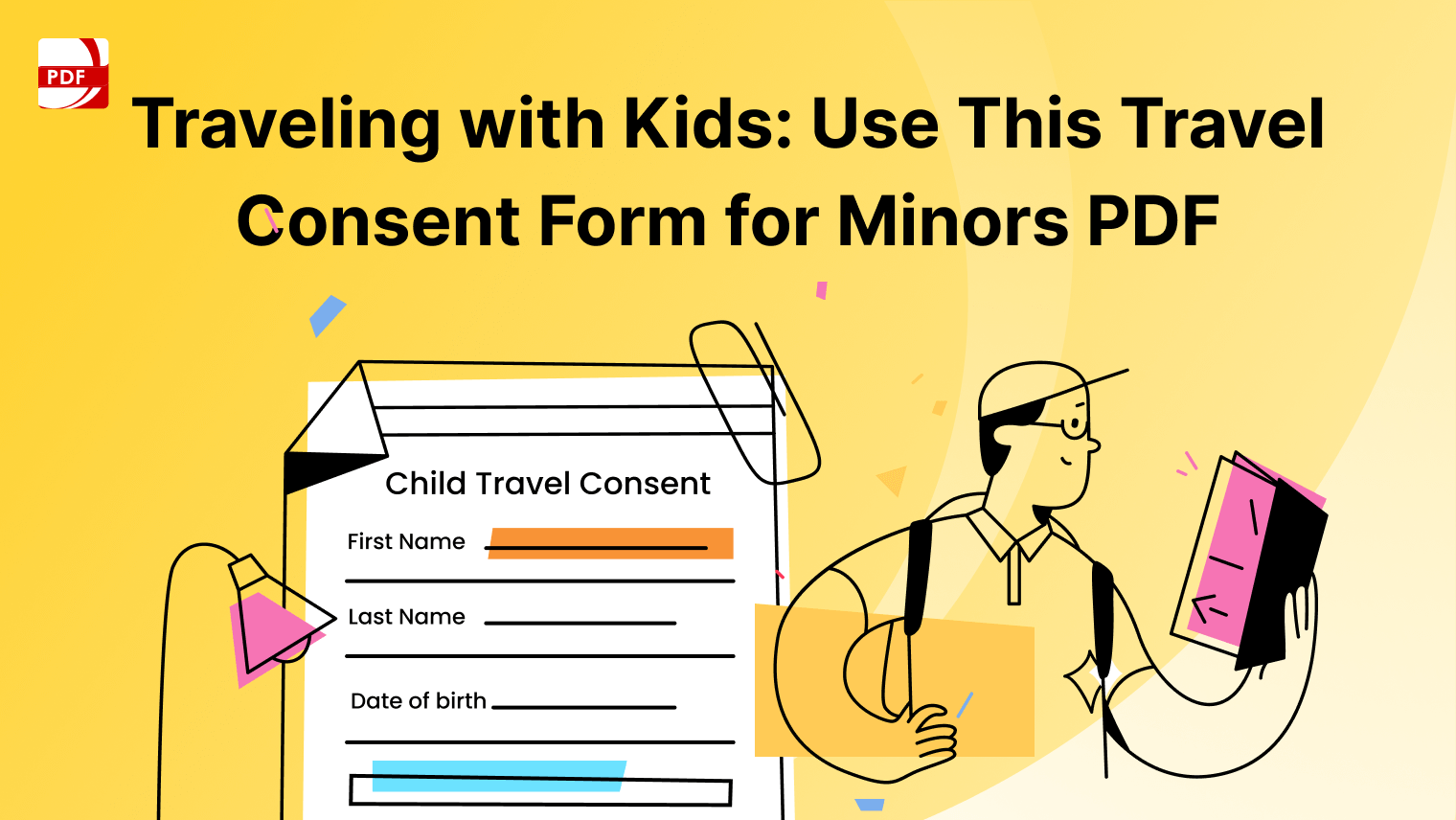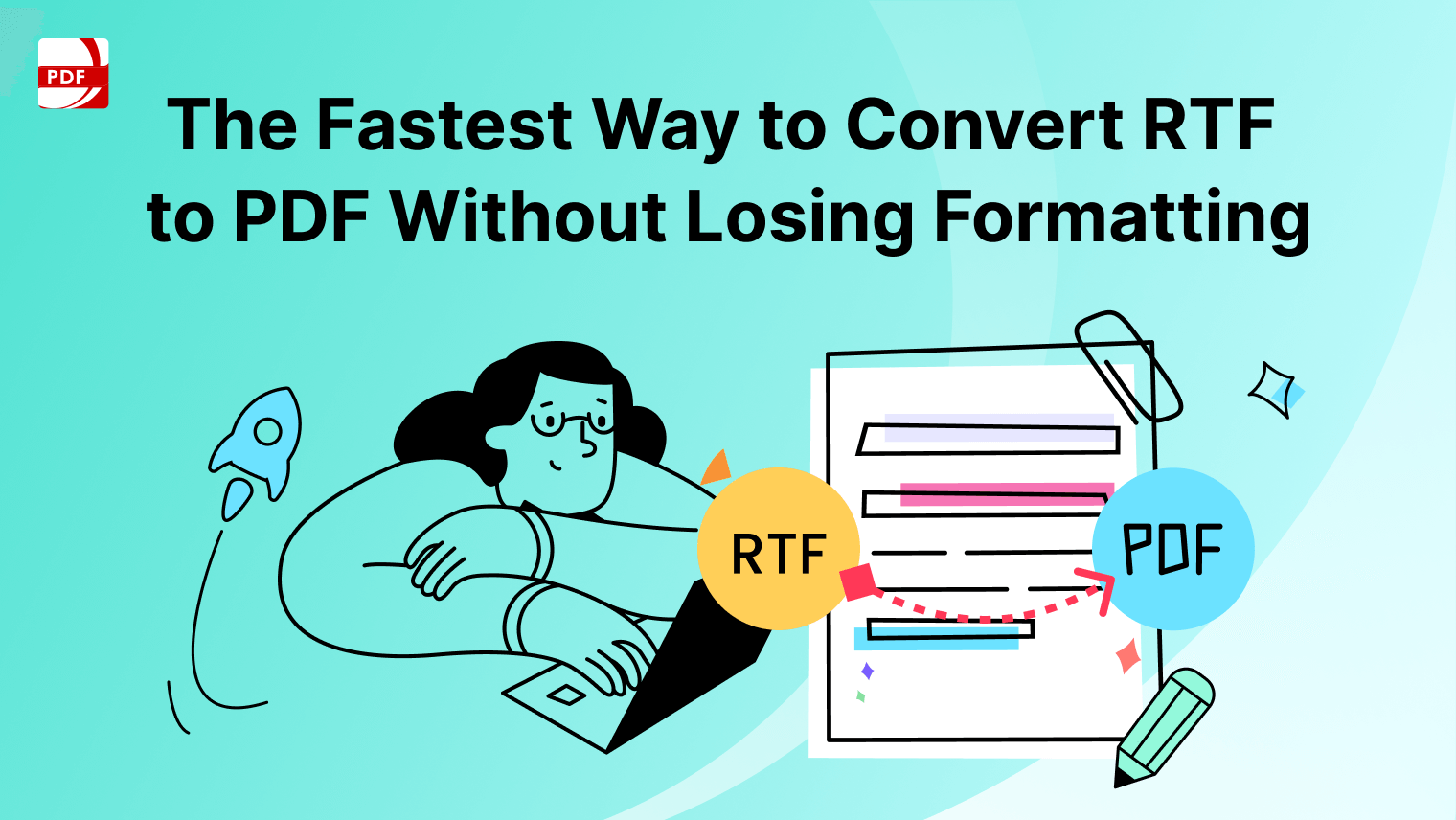In the competitive world of job hunting, having a solid professional reference list can make all the difference. A well-organized reference list not only showcases your credibility but also provides prospective employers with valuable insights into your qualifications and character.
Why Are Professional References Important?
Before delving into the nitty-gritty details of creating a reference list, let's understand why professional references hold such significance in the hiring process. Professional references serve as a testament to your skills, work ethic, and overall suitability for a given role. Hiring managers often rely on these references to gain a deeper understanding of your professional background, making them a crucial component of your job application.
Components of a Professional Reference List
A comprehensive professional reference list should include the following key elements:
1. Contact Details
Ensure that you provide accurate and up-to-date contact information for each reference. This typically includes the reference's full name, job title, company name, email address, and phone number.
2. Job Title and Relationship
Specify the reference's job title and elucidate your professional relationship with them. This information helps prospective employers contextualize the reference and understand its relevance to your current job application.
3. Professional Background
Briefly highlight the reference's professional background, emphasizing their expertise and industry relevance. This can add weight to their endorsement of your skills and capabilities.
4. Soft Skills and Character Traits
Include insights into your soft skills and character traits as described by your references. This information offers a more holistic view of your qualifications beyond technical expertise.
Get insights on how to write references on a resume with our advice, enhancing your job application's impact.

Fill and Download Our Template
Use our expert template to write your list of references quickly and easily for any job seeker.
Learn the process of drawing up professional business documents with our comprehensive guide, ensuring clarity and effectiveness in your communications.
How to Download PDF Reader Pro
PDF Reader Pro is a robust and versatile application designed to meet your PDF file viewing, editing, and annotation needs. With a user-friendly interface and a range of powerful features, it stands out as a comprehensive solution for creating event invitations and filling out our reference letter.
The simplest method to getting PDF Reader Pro is to click the download button below:
Using a Professional Reference List Template
To streamline the process of creating your professional reference list, consider using a template. Here's a step-by-step guide:
Step 1: Choose a Template
Select a reference list template that aligns with your preferences and the level of formality required for the job application. Numerous templates are available online, ranging from simple and classic to more detailed and modern designs.
Step 2: Input Contact Information
Begin by inputting the contact information of your references into the template. Double-check for accuracy to ensure potential employers can easily reach out to your references.
Step 3: Customize for Each Job Application
Tailor your reference list for each job application by emphasizing references most relevant to the specific role. This customization demonstrates a thoughtful and strategic approach to your application.
Step 4: Format Consistency
Maintain consistency in formatting throughout your reference list. This includes uniform font styles, sizes, and bullet points. A polished and organized document reflects positively on your attention to detail.
Step 5: Proofread
Before finalizing your reference list, thoroughly proofread it to eliminate any grammatical errors or typos. A flawless document enhances your professionalism and leaves a positive impression.
Check out our resume resource for the Packing Slip PDF Template, designed to streamline your shipping and handling processes.

FAQ: Professional Reference Lists and Templates
By following these FAQ responses, you'll be better equipped to navigate the intricacies of creating and presenting a professional reference list during your job application process.
Why do I need a professional reference list?
A professional reference list is a vital component of your job application. It provides prospective employers with insights into your qualifications, work ethic, and character, helping them make informed hiring decisions.
How many references should I include in my reference list?
Typically, it's advisable to include three to five references. Ensure they are individuals who can speak to different aspects of your professional capabilities, such as former supervisors, colleagues, or clients.
Can I include personal references on my professional reference list?
While personal references can offer valuable insights into your character, it's generally recommended to prioritize professional references. If the job posting specifically requests personal references, consider including them as additional contacts.
Should I inform my references before including them in the list?
Yes, it's courteous to seek permission from your references before including their contact information. Brief them on the job you're applying for and share your current resume to help them provide more targeted and relevant information.
What information should be included for each reference?
For each reference, include their full name, job title, company name, email address, and phone number. Additionally, provide a brief description of your professional relationship with them.
Can I use the same reference list for every job application?
While you can use a general reference list, it's recommended to tailor it for each job application. Emphasize references that align closely with the requirements of the specific role to showcase your suitability.
How can a reference list template simplify the process?
A reference list template provides a structured format, making it easier to organize and present your references. It ensures consistency and professionalism in your application materials.
Should I include references on my resume?
It's generally best to create a separate reference list rather than including references on your resume. This allows you to present your qualifications and experiences on your resume, reserving the reference list for detailed contact information.
What should I do if a reference is not responding to inquiries?
If a reference is unresponsive, consider reaching out to them again, ensuring they received the inquiry. If the issue persists, consider replacing the reference with someone who can provide timely and thorough feedback.
Is it necessary to mention "References Available Upon Request" on my resume?
In modern resumes, it's no longer necessary to explicitly state that references are available upon request. Instead, focus on optimizing the limited space on your resume for showcasing your skills and experiences.
Can I use professional contacts from my current job as references?
If possible, use references from your current job, ensuring they are aware of your job search. If confidentiality is a concern, consider using references from a previous position or colleagues who have moved on to different organizations.
How should I present my reference list in a job interview?
Bring a printed copy of your reference list to the interview. If not requested, wait for the employer to ask for it. Be prepared to discuss specific qualities and experiences that your references can speak to.
Crafting a professional reference list is a crucial aspect of the job application process. By using a template and following these guidelines, you can present your references in a clear and organized manner, increasing your chances of making a favorable impression on potential employers. Remember, a well-curated reference list is not just a list of names; it's a strategic tool that can set you apart in a competitive job market.












 Free Download
Free Download  Free Download
Free Download





 Support Chat
Support Chat